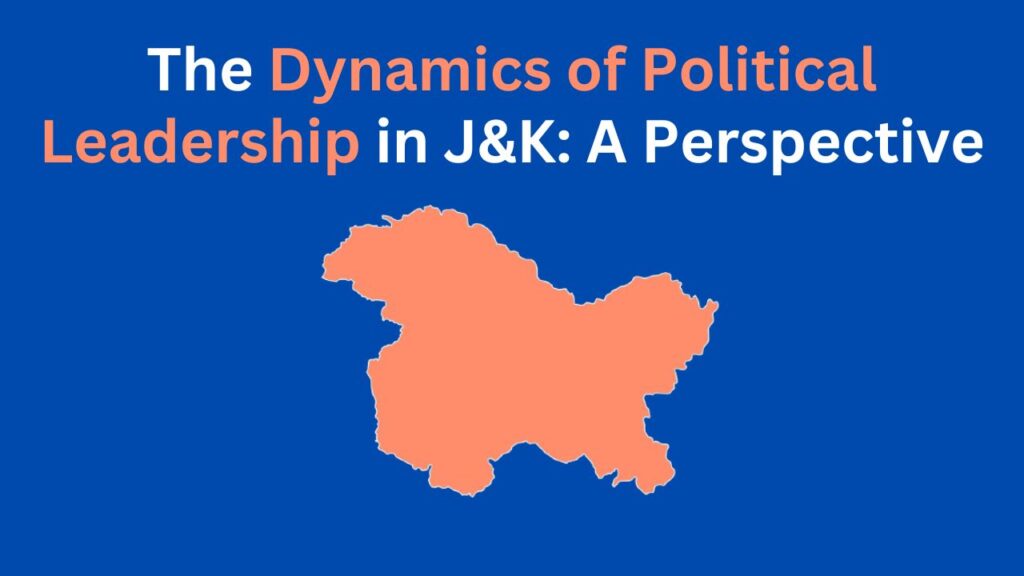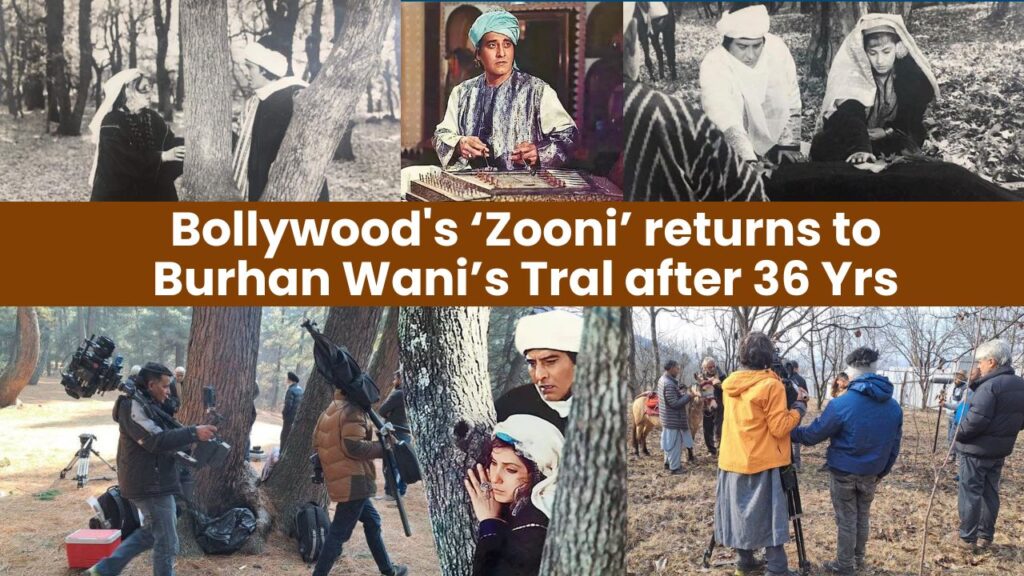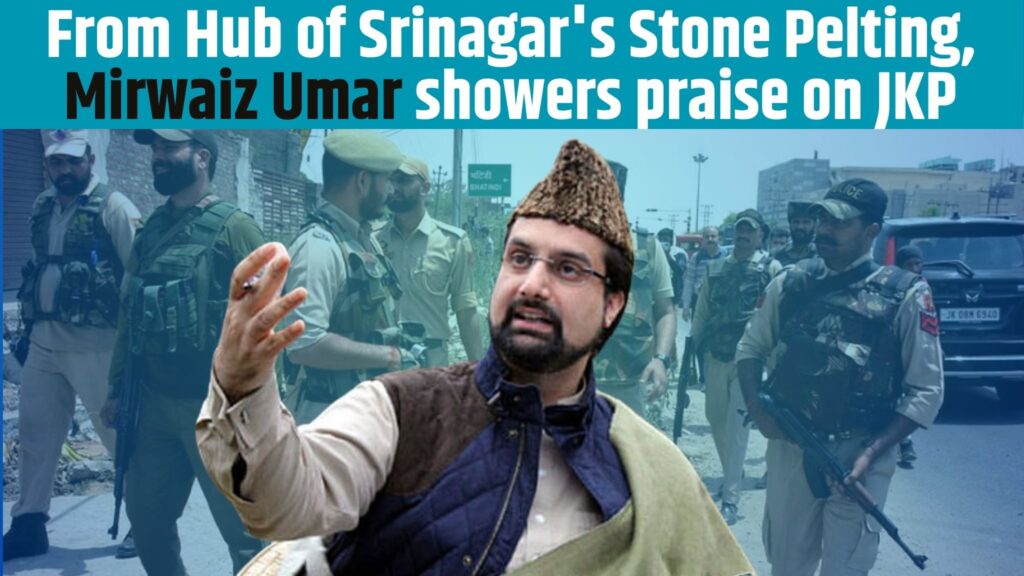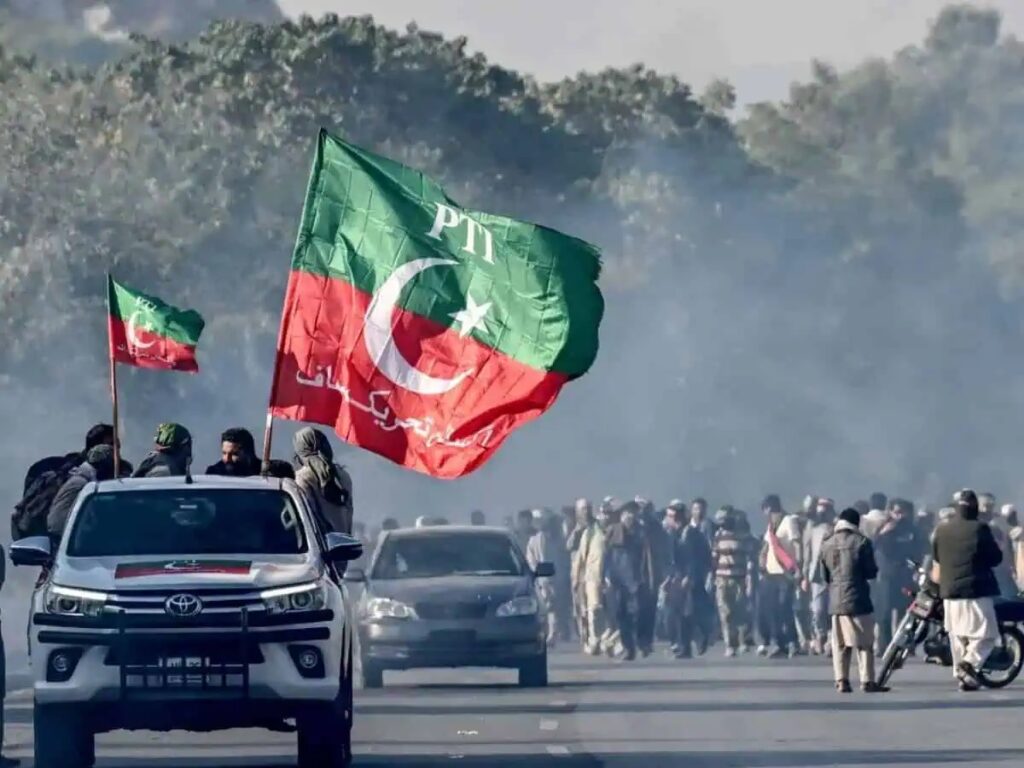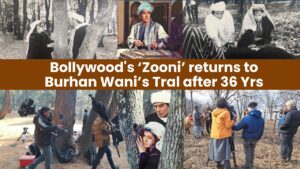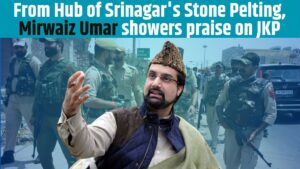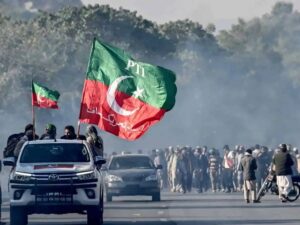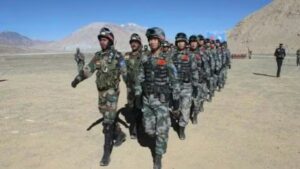The political landscape of Jammu and Kashmir has forever been dominated by Kashmir and its political main players. Shaped by a complex interplay of regional interests, major historical events, and strategic decisions the valley and its leaders have always remained assertive. The leaders from Kashmir have always been able to set agendas and shaped policies often relegating their counterparts from the Jammu region into submissive secondary roles. To understand these dynamics we need to have a look at the political history and socio dynamics of the region.
Historical Context: The region of Jammu and Kashmir, prior to its reorganization in 2019, comprised three distinct regions: Jammu, Kashmir Valley, and Ladakh. Kashmir has always been at the center of administrative focus and epicenter of political muscle and power. Partly this could be attributed to the larger population, economic significance and largely to strategic importance. The region’s geopolitical position and its cultural and religious significance have contributed to its prominence in political discussions.
Colonial and Early Post-Independence Influence: During the British colonial period and in the early years of Indian independence, the focus was predominantly on the Kashmir Valley due to its strategic location and the complex political situation surrounding it. The princely state of Jammu and Kashmir was ruled by the Maharaja, who was seen as the central figure in the administration. However, the political and administrative power dynamics often marginalized the Jammu region, as the Maharaja’s administration was heavily influenced by the Kashmir Valley’s political elite. The reasons were manifold but for the people of Jammu region this was one of the reason to disbelief the thinking and ideology of the Maharaja who was actually a Dogra too.
Political Developments Post 1947: Following the accession of Jammu and Kashmir to India in 1947, political power became increasingly concentrated in the Kashmir Valley. Nehru was seen as pro Kashmiri and a Kashmir centric ruler. The formation of the Jammu and Kashmir Legislative Assembly and the subsequent rise of political parties like the Jammu and Kashmir National Conference (NC) and the Jammu and Kashmir Peoples Democratic Party (PDP) further centralized power in the Valley. These parties, with their strong leadership base in Kashmir, played a significant role in shaping the political narrative and policy direction. Meanwhile there have been some great leaders in the past with a stature from Jammu region be it Pt. Prem Nath Dogra, Girdhari Lal Dogra, Pt. Trilochan Dutt Sharma, Mangat Ram & BJPs own Lala Shiv Charan Charan Gupta and Prof. Chaman Lal Gupta and not to forget firebrand Panther’s party leader Prof. Bhim Singh. But these somehow couldn’t galvanize enough muscle and support to challenge the might of the kashmir couture which always for reasons unknown remained Delhi’s favourite.
ALSO READ: Modi 3.0: Resolute Leadership in a Fragmented Political Landscape
The central government’s approach to Jammu and Kashmir always contributed to the dominance of Valley leaders over the Jammu region. In many cases, the central government’s focus was on negotiating with the more influential and vocal Kashmir Valley leaders to maintain stability and address the political challenges posed by the region. In this Jammu and its leaders often got neglected and so did the province.
Economic and Social Factors: The Kashmir Valley’s economic and social prominence further reinforced its central role in political decision-making. The Valley, with its significant agrarian economy, tourism industry, and strategic importance, became a focal point for policy initiatives and development projects. In contrast, Jammu, with its more modest economic base and demographic composition, was often seen as secondary in policy considerations. And the silence and indifferent attitude of it’s leaders made fight for the cause further difficult and somehow Jammu was often neglected and it would not be an exaggeration to say that when people outside of J&K spoke about the state they meant Kashmir.
Recent Developments & turns: The reorganization of Jammu and Kashmir in 2019, which resulted in the abrogation of Article 370 and the bifurcation of the state into two Union Territories, marked a significant shift in the political landscape and everyone thought finally Jammu will get its due. This reorganization aimed to address some of the longstanding issues related to regional representation and governance has delivered but the plight of Jammu and it’s people has worsened after this. However, the legacy of the Valley’s dominance persists in the political and administrative structures that continue to influence policy-making and agenda-setting and even today the valley sets the agenda and priority. Ironical but true. The leaders in Jammu have to gear up fast to gain that extra mile and yard in the political landscape as and when the next elections happen. There are a few like Jatinder Singh, Davinder Rana, Sham Lal Sharma, to an extent Ravinder Raina the current BJP State president, Ex Mayor of Jammu Rajinder Sharma, Lal Singh and may be some more who can fight the verbal pitch and set a match with the valley’s political brigade. But till far they have not delivered any punch for people of Jammu to believe that any significant change can happen to their destinies. Understanding this historical context is crucial for addressing the region’s complex political challenges and working towards a more balanced and inclusive governance structure. Till that happens we can just be hopeful. I am from Jammu Region and would like to believe that Jammu & Kashmir will be a State soon but this time Jammu too should receive its fair share of recognition and importance it so deserves.

